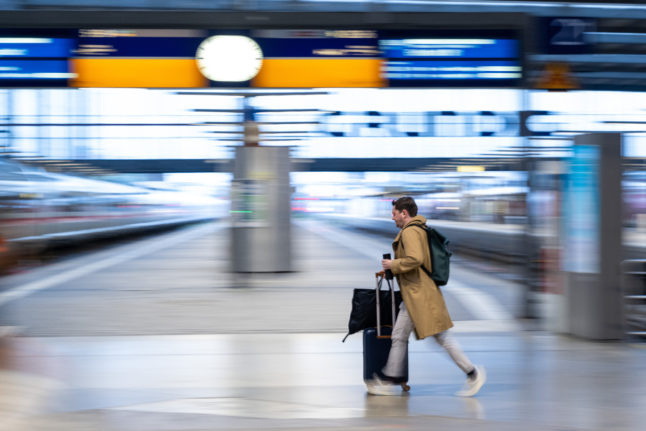Passengers travelling to or from Munich airport are facing a considerable inconvenience over the next few weeks, as construction works on the S1, S8 and RE 22 lines will mean that the airport’s main station is temporarily inaccessible by train.
As of 11 pm on October 23rd, there will be no more trains on the S1 or S8 lines, or via the RE22 to the airport station terminus.
The line suspension will continue until November 13th, during which time the airport railway station will only be accessible by a replacement bus (Ersatzverkehr).
During this period, the airport will be reachable in the following ways:
- The S1 will shuttle alternately between the Neufahrn and Freising stops and the Neufahrn and Besucherpark stops at 40-minute intervals. Between the Besucherpark and the main station at the airport terminal, there is a commuter bus that runs every ten minutes or it’s around a 20 minute walk.
- There is a rail replacement service for the S8 between Ismaning/Johanneskirchen and the airport terminal station
- At night, between 10:30 pm and 4 am, there will be an SEV between Neufahrn and the airport terminal and between Johanneskirchen/Ismaning.
- The RE22 will be replaced by buses between Freising and Munich Airport until 16 November.
Passengers planning to take the train to access the airport are advised to plan up to 45 minutes of additional travel time during this disruption.
READ ALSO: Munich to get Germany’s ‘most modern S-Bahn trains’
Travellers can expect to find information about the schedule changes on platforms, within trains, and on the S-Bahn Munich website. Timetable information also includes updates about the disruption, making it easier for passengers to plan their journeys.
For passengers who rely on digital tools, such as the S-Bahn app, the website, or ticket machines, these platforms will automatically provide recommended alternative routes.
The S-Bahn Munich is also deploying extra personnel at the stations to provide assistance and information about the replacement services.
For any inquiries or assistance, passengers can also contact the S-Bahn’s customer service, which is available daily from 6 am to 10 pm on 089/55 89 26 65.



 Please whitelist us to continue reading.
Please whitelist us to continue reading.
Member comments